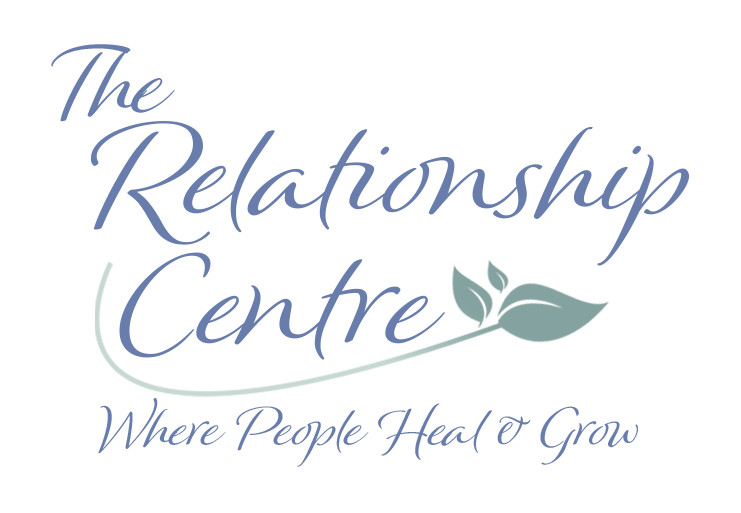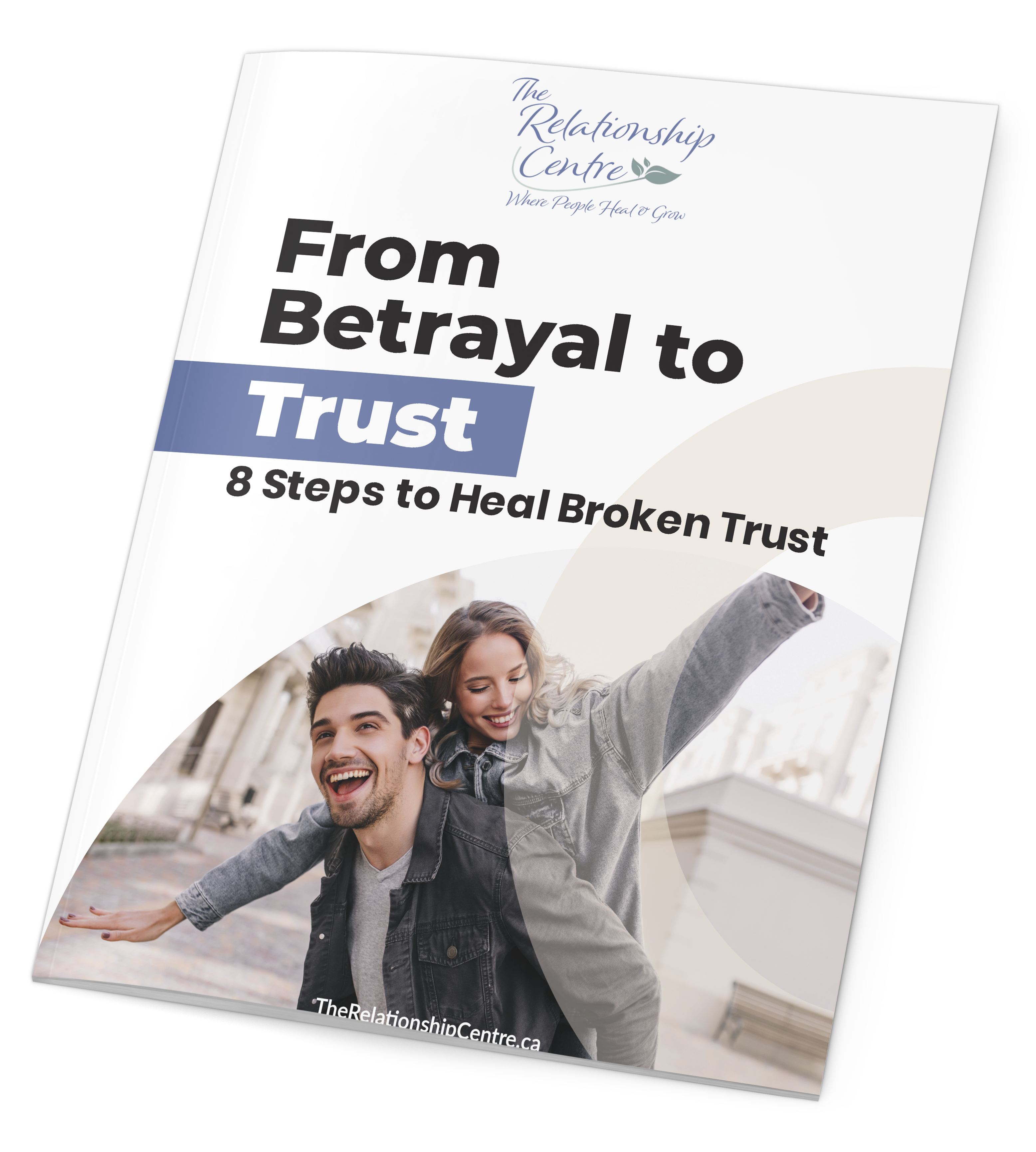We’re just beginning to scratch the surface when it comes to the mental health effects of COVID-19. Already, studies have shown an increase in anxiety, stress, and depression throughout the pandemic. People are struggling.
Now that the world is reopening and restrictions are being lifted, it’s understandable to want things to go back to normal. In reality, we’re dealing with a “new” normal—one that will undoubtedly come with its own mental health challenges.
Although we long for the simple days when we didn’t have to think about such things as “mandatory masks”, “social distancing” or “quarantining”, we know that is not our reality. And as new potent variants are discovered, anxiety continues even as restrictions are lifting, as it is impossible to know if we can continue to be safe and avoid another lockdown.
So, what can you do to cope with this new normal? How can you find comfort and peace if you’re feeling anxious about things reopening? And how do you manage the uncertainty of living in this ongoing Covid-world?
Coping Looks Different
Typically, when we talk about coping with stress or a crisis, we describe a sudden onset of stress or a unique and sudden challenge. We survive the best we can, then deal with the aftermath when it’s all over. Our stress response is well equipped for this kind of rhythm. Although it’s not easy, we have built into our nervous systems the capability to quickly move into survival stances to rise to the challenge of a threat and hopefully get through it. This may look like withdrawing and hiding from the threat, or perhaps moving into hyper-functioning to rally all resources to throw at the challenge.
Sometimes referred to as surge capacity, this can only be sustained for short bursts of energy and time as these surges of energy is an extreme response to an intense situation. Then our mental, emotional, and physical resources are depleted and need to be replenished. As we recoup our energy and use coping strategies to find some balance, this builds our resilience to weather the next storm.
We are in a different kind of situation with COVID-19. Rather than a peak of stress from an intense challenge, the pandemic is bringing rolling waves of stress, one after the next, to many people’s lives. And there may be multiple storms. The physical threat of COVID-19 brings with it financial, educational, and practical challenges that can also cause a wave of mental health impacts. Livelihoods and relationships may be catching the next wave, and so on.
This is a marathon, not a sprint. Enduring COVID-19 requires a differing kind of coping and resilience.
Resilience Looks Different
Similar to coping, resilience is often discussed in research as being linked to isolated, time-limited stressors or crises. Of course, COVID-19 is not the first time we have seen the prolonged, accumulated impact of an ongoing threat over time.
Researchers are recognizing the importance of building resilience in an ongoing way with the accumulation of steps that contribute to increasing resilience and wellness over time. We can think about a “resilience bank account” and the importance of regularly and consistently contributing to the reserves we need to draw from as stressors ebb and flow.
This kind of active resilience is built from the repeated, small steps you can take that keep moving the needle of your resilience forward, even as you are drawing from it in a regular way.
Three small steps to help you build meaningful active resilience:
1) Choose a practical and realistic habit that will increase well-being.
The key is that this is a simple step you can do every day. This may be that nagging thing you’ve been telling yourself for years like, “I know I should do more of ___________.” For example, this might be as simple as drinking more water or calling a loved one once a week. Or maybe it’s sweeping the kitchen floor at the end of the day or saying goodnight to your teenager before they disappear into their room for the night.
What is key here is to keep it small and meaningful. You might not see big results or differences in your life immediately, but this is about building a stronger foundation, one tiny step at a time. The regularity of these routines calms the nervous system during times of persistent stress and builds patterns that increase stamina.
2) Make one positive connection each day.
Under stress, we are all more apt to notice the negative. Our worries get louder, and it can be easy to feel overwhelmed and hopeless at times, causing us to withdraw or disconnect further from those around us and focus on self-protection. At a time when we have so little control over the bigger picture, the power of what we can choose becomes even more prominent. And positive connection moves us out of those extreme survival stances into a more socially engaged and resilient state.
Choose to have at least one positive interaction each day. This may be in-person, over email, or online. By intentionally expressing gratitude, appreciation, or positive humour with another person, you are contributing to both your own and another’s resilience.
3) Pause and really focus on now.
Anxiety and stress pull our attention to the future and worries of “What if…?!” One of the most important steps we can take is to give our attention regular breaks of coming fully into the present. I mean the very immediate now—the rice you are cooking, the smell of the air in the morning, the rhythm of your breathing—even if you are feeling stressed. By bringing the attention of our mind, body, and actions together in one place, you are able to pause and reset your brain and energy.
Active, sustained resilience is not built by grand gestures—it is maintained with regular, attainable, and meaningful steps. And as we each do our small part to increase our individual resilience, we may also be able to influence others to enhance their resilience and wellness.
If you need help to get started or keep you on a resilience-building path, our therapists are here to guide you in your wellness plan. Contact us now to book your appointment.










